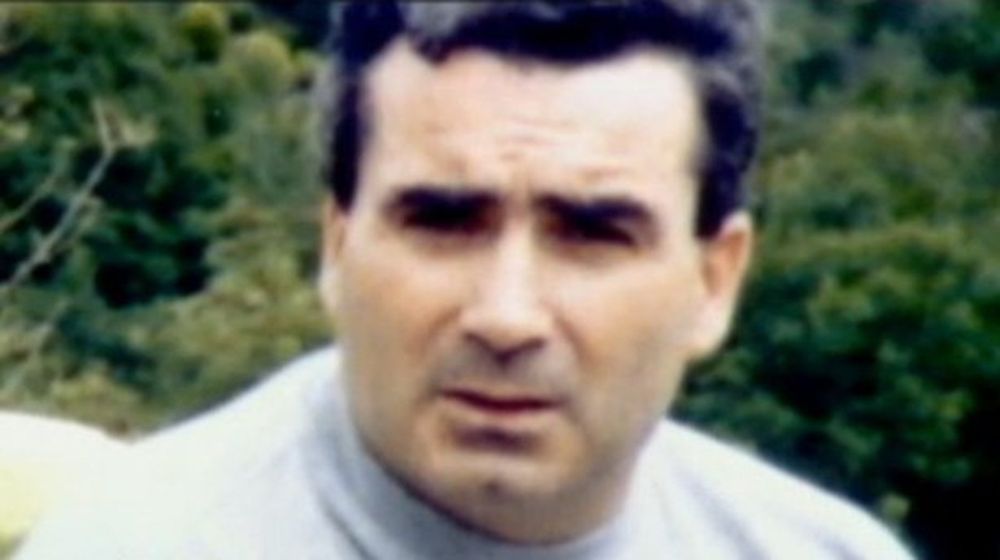

www.kennys.ie/shop/at-the-...

www.kennys.ie/shop/at-the-...
www.kennys.ie/shop/at-the-...

www.kennys.ie/shop/at-the-...
share.google/Ehn7pxKpsDwR...

share.google/Ehn7pxKpsDwR...
press.uchicago.edu/ucp/books/bo...
press.uchicago.edu/ucp/books/bo...

“I thought people might be curious to know what it’s like to go through this,” Kinsella told Roberts. “I hope it’s full of optimism and love most of all.”
She had 5 children.
“I thought people might be curious to know what it’s like to go through this,” Kinsella told Roberts. “I hope it’s full of optimism and love most of all.”
She had 5 children.


macdonnchada.substack.com/p/raul-alfon...

macdonnchada.substack.com/p/raul-alfon...


BBC News - Scotland's papers: Sandie Peggie 'agony' as NHS board 'harassed nurse'
www.bbc.com/news/article...






I've the pleasure of speaking at the Moved Apart Project's seminar series this coming Monday at 9am GMT/10am CET!
The talk (ca. 30 mins) will be 'Time Apart in the early English East India Company', and it's entirely online!
All welcome!


observer.co.uk/culture/book...

observer.co.uk/culture/book...

